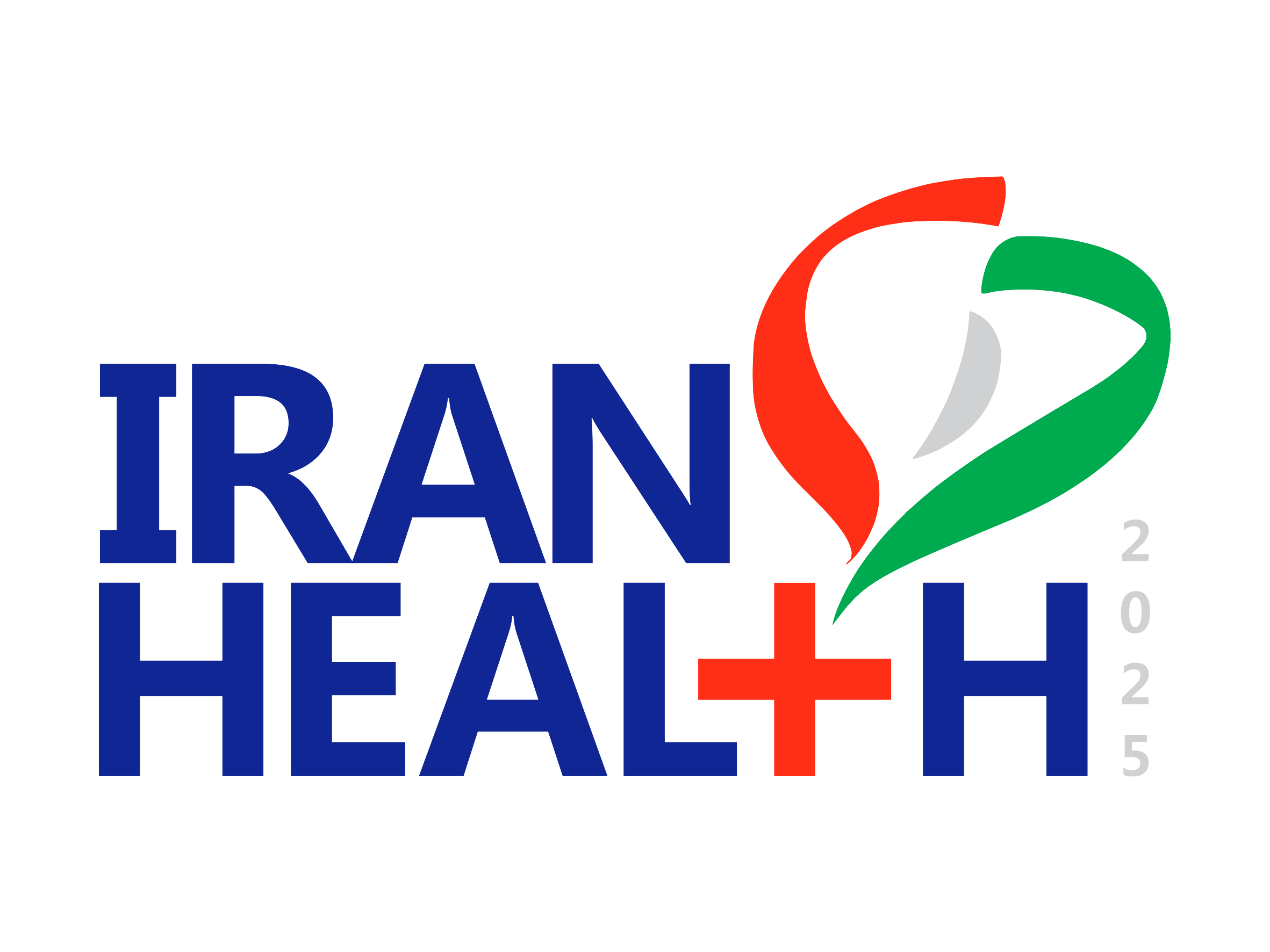Iran Health 2025: Leap Toward Becoming the Regional Medical Equipment Hub with Knowledge-Based Companies

On the eve of the 26th International Iran Health Exhibition, officials have announced strategic plans to position Iran as the region’s leading center for medical equipment production. Key priorities highlighted at the event’s second press conference include supporting knowledge-based companies, leveraging regional trade agreements, and strengthening export infrastructure.
Mostafa Ghanei, Secretary of the Biotechnology Development Headquarters at the Vice Presidency for Science and Technology, emphasized the exhibition’s pivotal role in promoting exports and showcasing Iran’s technological capabilities. He noted that Iran’s membership in alliances such as BRICS, Shanghai, and ECO offers unique opportunities to access new markets and consolidate Iran’s regional standing.
According to the Seventh Development Plan, specific missions have been defined for medical equipment exports, pharmaceuticals, and health tourism, with Iran Health 2025 serving as a vehicle for achieving these goals.
Ghanei pointed to special support programs at this year’s exhibition, including the presence of the Innovation and Prosperity Fund, the Vice Presidency for Science and Technology, and dedicated service desks for knowledge-based companies, creating a direct channel to address sector challenges. Special pavilions and displays of strategic health products have been set up to boost exports and highlight the country’s technological strengths.
Despite sanctions, significant advances in medical equipment and pharmaceuticals have been made thanks to the determination of domestic producers. Ghanei called for structured support to convert this potential into tangible global market share.
He reported that Iran currently imports around 1.8billioninpharmaceuticalsandrawmaterialsandabout1.8 billion in pharmaceuticals and raw materials and about 2 billion in medical equipment. New initiatives—such as plasma production—are expected to yield substantial foreign currency savings, with a single plant potentially saving up to $400 million annually.
Strategic health items, as prioritized by government decree, can be introduced to the Ministry of Industry, Mine, and Trade at full priority and value. Coordination among the Ministry of Health, the Food and Drug Administration, and the Medical Equipment Directorate maximizes opportunities for companies participating in the exhibition.
Ghanei also highlighted structural weaknesses in the health tourism sector, noting that the lack of transparent data and proper registration hinders accurate revenue assessment. Development in this area requires accreditation of treatment centers, service standardization, and official listing in relevant systems.
He stressed the importance of technology diplomacy under sanctions, noting limited international participation by Iranian firms. Ghanei called for coordinated efforts by the Ministries of Foreign Affairs, Industry, and Health to invite foreign delegations to Iran Health 2025, creating new opportunities for international collaboration.
In conclusion, Ghanei emphasized that synergy among government bodies, syndicates, and the private sector is key to establishing Iran as the region’s main hub for medical equipment production and exports. With the right strategy, Iran can become a technological anchor in the region.
